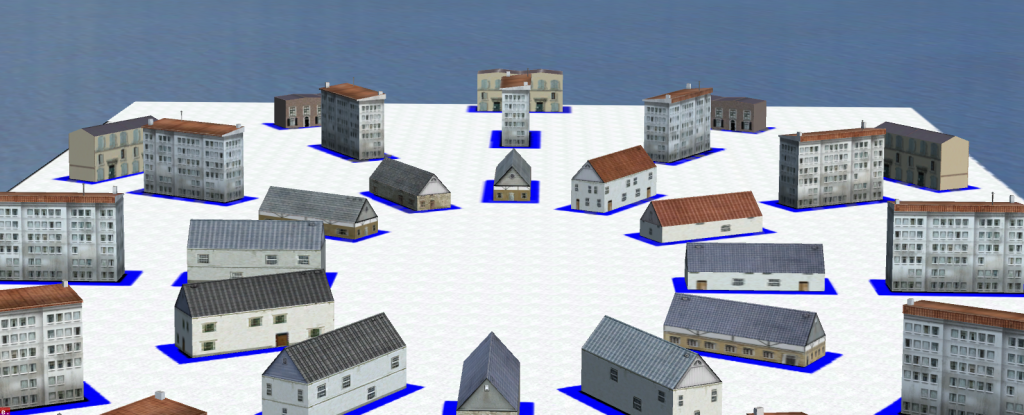I have just released new development release versions of all my tools with added support for Prepar3D v5. The impact of the new version on most tools is limited. Below I list the details per tool.
Overall the impact on the tool is not that big. But let me know if you encounter any issues or if Prepar3D v5 support is still missing somewhere.
ModelConverterX
There is one new material attribute available for PBR materials in Prepar3D v5. ModelConverterX has been modified to read and write this attribute correctly now. Since the MDL version, as coded in the MDL file itself, still reads PV44, I have decided to not add a new version when you export. So for Prepar3D v5 you would still need to use the v4.4 MDL format. But make sure that you use the Prepar3D v5 SDK to be able to save that one additional attribute.
scenProc
In the scenProc options you can specify the Prepar3D v5 location now, so that it can be used for the auto completion of the autogen configuration details.
FXEditor
FXEditor has been modified so that you can specify that you want to read the textures and sounds from the Prepar3D v5 folder.
Autogen Configuration Merger
For Autogen Confguration Merger I have posted a beta build in the forums that should support Prepar3D v5. But since I don’t have the new version installed myself yet, I haven’t been able to test it. So this is a beta build, that needs some more testing before it is promoted to an official release.
 SceneryDesign.org
SceneryDesign.org 


